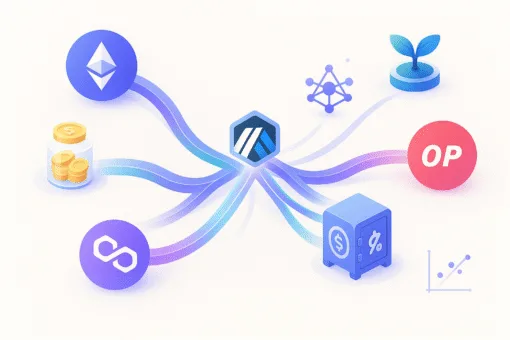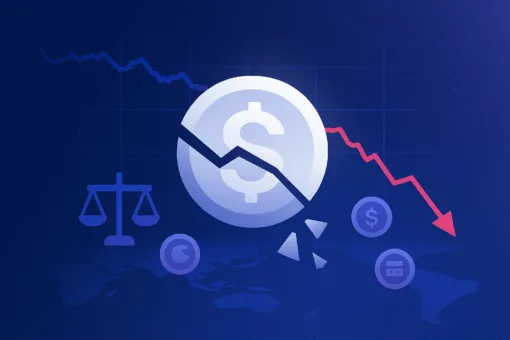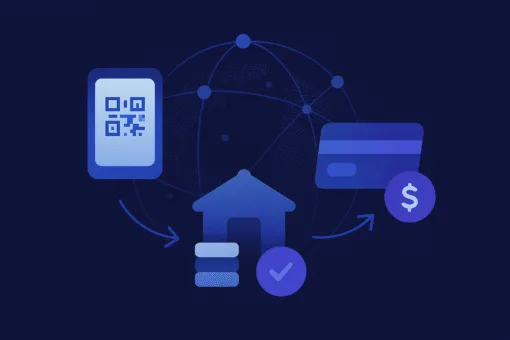Stripe has become one of the most influential fintech companies by transforming how online businesses manage payments in the digital era. Stripe is truly a playment platform success story. Founded in 2010 by Irish brothers Patrick and John Collison, Stripe started with a simple mission: make payments easy for developers.
At the time, setting up online payments required significant time, technical effort, and access to banking partners. Stripe changed that. It offered a clean, developer-first solution that simplified the complexity of online transactions. This approach resonated with early users and quickly gained the attention of major investors like Peter Thiel, Elon Musk, and Sequoia Capital.
The founders understood the value of building for developers first. Stripe’s early success stemmed from offering APIs that were simple, reliable, and well documented. Developers could integrate payments into websites and mobile apps in just a few lines of code. Stripe didn’t try to solve every problem at once. Instead, it focused on removing friction in one core area: accepting online payments. That focus, combined with excellent engineering, gave Stripe a solid foundation for growth. As digital businesses expanded, so did the need for better infrastructure. Stripe was ready to grow alongside them.
Scaling with Precision and Purpose

As Stripe matured, it scaled not by expanding recklessly but by addressing real-world challenges with targeted, powerful solutions. In 2012, it launched Stripe Connect to support platforms and marketplaces managing payments between multiple parties. This product helped companies like Lyft, Shopify, and Kickstarter streamline their operations. Then, in 2016, Stripe released Atlas to help international entrepreneurs incorporate U.S.-based companies and access financial tools. Atlas became a valuable resource for founders worldwide who lacked easy access to legal and banking infrastructure.
Stripe Issuing followed in 2018, giving businesses the ability to create and manage branded cards for employees or customers. This enabled startups to build new financial products directly on Stripe’s infrastructure. In 2019, Stripe Terminal brought payment acceptance into physical retail settings. Companies could now manage online and offline sales from one system. Each new launch followed the same philosophy: build infrastructure that empowers developers and businesses to grow. Stripe didn’t just chase trends; it solved problems with precision and scale.
Strategic Partnerships and International Growth

Stripe’s partnerships helped it grow far beyond its startup roots. It didn’t just serve small businesses. It became essential to giants like Amazon, Google, Shopify, Salesforce, and Meta. These companies rely on Stripe to handle payments across global markets. Strategic integrations helped Stripe expand quickly without diluting its product focus. Its infrastructure became embedded in some of the internet’s largest platforms.
In 2020, Stripe acquired Paystack, a fast-growing Nigerian payments startup. This $200 million acquisition marked a serious move into Africa. Paystack already served over 60,000 businesses and was leading the Nigerian fintech scene. By acquiring Paystack, it gained a strong foothold in a high-growth region. It also signalled Stripe’s intention to become a truly global company, not just a Western success story.
Stripe continues to innovate at the frontier. In 2024, it integrated advanced AI capabilities to improve fraud detection and automate compliance checks. That same year, it brought back crypto payments using the USDC stablecoin on Ethereum, Solana, and Polygon networks. These additions show Stripe’s ability to move with the times without abandoning its core product integrity. It listens to users and adapts accordingly.
Stripe: APIs at the Heart of Innovation

The core of Stripe’s innovation remains its elegant and powerful API architecture. Unlike many legacy payment processors, Stripe built its technology for the web from day one. The company designed its APIs to be fast, flexible, and intuitive. Developers appreciated the clarity of Stripe’s documentation and the ease of testing features in sandbox environments. Stripe gave teams the confidence to build and launch products quickly.
This approach helped Stripe earn a loyal user base and dominate among developer-focused startups. Its APIs weren’t just technically strong — they also scaled easily. Stripe worked just as well for a two-person startup as it did for a global enterprise. Over time, the platform evolved from a payment gateway to a financial infrastructure layer. Stripe’s API-first model became a blueprint for modern fintech design.
As businesses grew, they didn’t need to switch providers or rebuild systems. They simply expanded their use of Stripe’s tools. This flexibility reduced operational risk and supported long-term partnerships. Stripe became more than a vendor. It became infrastructure.
Performance, Valuation, and Scale
Stripe’s numbers tell a story of consistent growth, trust, and expanding market reach. In 2024, it processed $1.4 trillion in payment volume — a 38% year-over-year increase. This level of activity reflects growing demand from both new and existing clients. As of early 2025, Stripe held an internal valuation of $91.5 billion. It remained one of the most valuable private companies in fintech.
The company operates in over 40 countries and supports payments in more than 135 currencies. It also offers local payment methods like SEPA, iDEAL, and Alipay to improve conversion for international businesses. Stripe employs thousands of people and continues hiring globally across engineering, product, and go-to-market functions. It has become a major player not just in payments but in shaping the infrastructure of digital commerce.
Conclusion: Stripe is here to stay

Stripe has built something rare, a company that is both highly technical and deeply trusted. It grew steadily by solving complex problems with simple, scalable tools. Its focus on developers gave it early momentum, while partnerships and international expansion kept that growth sustainable. Stripe never lost sight of what made it different: clarity, speed, and a commitment to empowering others.
By embracing APIs, automation, and global thinking, Stripe redefined what a fintech company can be. It helped businesses of all sizes accept payments, launch new products, and scale across borders. As the digital economy matures, Stripe remains at the centre of it. Not just processing transactions, but enabling innovation.
Stripe’s success isn’t just about payments. It’s about building the rails that power the internet economy. And it’s still just getting started.















